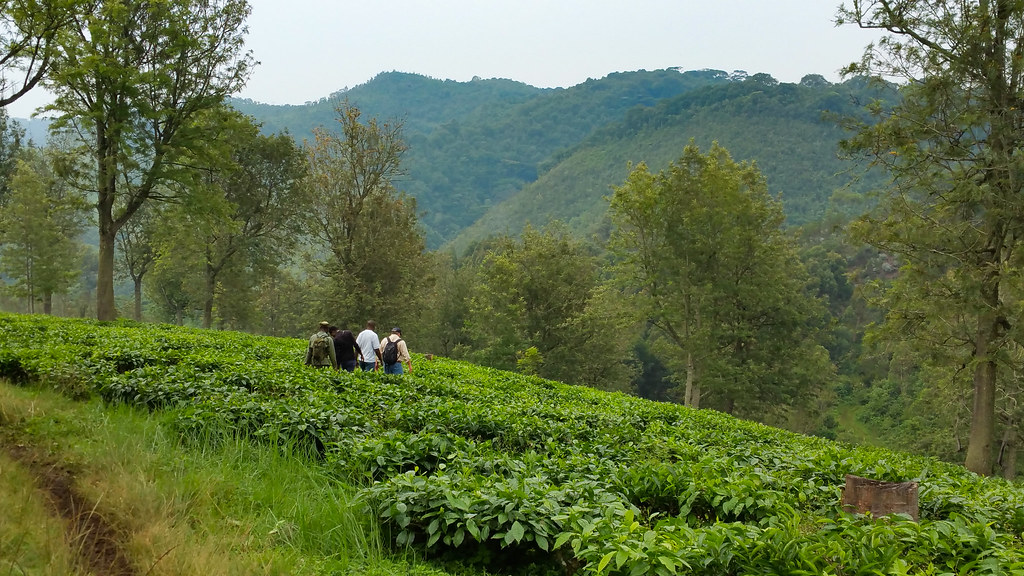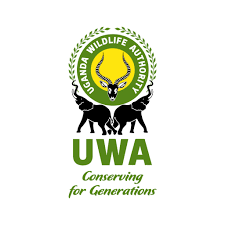Travel Guide for Uganda
Introduction & Overview
Uganda, often referred to as the Pearl of Africa, is a country that captivates travelers with its breathtaking landscapes, rich cultures, and unparalleled wildlife encounters. Nestled in East Africa, Uganda combines the dramatic savannahs of classic safaris with lush rainforests, snowcapped mountains, and the mighty River Nile. It is one of the few places in the world where you can see mountain gorillas in the wild, track chimpanzees through dense forests, and still enjoy traditional game drives across open plains. A journey to Uganda is not only about adventure but also about connecting with a country whose warmth and hospitality linger long after the trip ends.
Getting to Uganda
Uganda is accessible via Entebbe International Airport, located about 40 kilometers from the capital city, Kampala. Entebbe serves as the main entry point for international visitors, with connections from major hubs like Nairobi, Addis Ababa, Doha, Istanbul, and Amsterdam. Once in Uganda, domestic flights link travelers to national parks such as Bwindi, Queen Elizabeth, and Kidepo, while road trips provide scenic views of rolling hills, tea plantations, and vibrant roadside markets.
Best Time to Visit
Uganda can be visited year-round, but the dry seasons from June to September and December to February are considered the best for safaris and gorilla trekking. During these months, trails are more accessible, and wildlife viewing is easier as animals congregate around water sources. The wet seasons bring lush, green landscapes and spectacular birdwatching opportunities, especially for migratory species. Each season offers its own unique charm, ensuring that Uganda always feels alive with possibility.
Top Experiences in Uganda
One of the highlights of traveling in Uganda is the diversity of experiences on offer. In Bwindi Impenetrable National Park, travelers embark on life-changing gorilla treks, coming face-to-face with families of mountain gorillas in their misty forest homes. Kibale National Park adds another layer with chimpanzee trekking, while Queen Elizabeth National Park delights with its tree-climbing lions in Ishasha and boat cruises along the Kazinga Channel. Murchison Falls National Park showcases the power of the Nile as it squeezes through a narrow gorge before plunging 40 meters below, surrounded by elephants, hippos, and giraffes. For the intrepid, Kidepo Valley National Park offers raw, untamed wilderness where lions, cheetahs, and leopards roam in dramatic isolation. Adventure seekers also find thrills in white-water rafting at Jinja, hiking the snowcapped Rwenzori Mountains, or exploring crater lakes scattered across the west.
Culture and People
Beyond its wildlife, Uganda is defined by its people. The country is home to over 50 ethnic groups, each with distinct traditions, music, and cuisine. In Kampala and other urban centers, travelers can experience the vibrancy of modern Ugandan life, from bustling markets to lively nightlife. Rural encounters, whether visiting the Batwa communities near Bwindi or the pastoralist Karamojong in the northeast, provide insight into cultures that have thrived alongside the wilderness for generations. Ugandans are renowned for their hospitality, and every encounter—whether sharing a meal, learning a dance, or exchanging greetings—adds richness to the journey.
Practical Information
Traveling in Uganda requires some preparation. Visitors need a visa, which can be obtained online or on arrival for most nationalities. The Uganda Tourist Visa is valid for 90 days. Health considerations include vaccinations for yellow fever (required) and recommended protection against malaria. English and Swahili are widely spoken, making communication relatively easy. The Ugandan shilling (UGX) is the local currency, though U.S. dollars are commonly accepted in tourist areas. While road travel can be slow due to conditions, hiring a driver or joining a safari company ensures safety and comfort.
Conservation and Responsible Travel
Uganda’s national parks and wildlife reserves are more than attractions—they are conservation strongholds. Gorilla trekking permits, park fees, and community tourism initiatives directly support the protection of endangered species and local livelihoods. Responsible travelers are encouraged to follow guidelines such as maintaining distance from gorillas, minimizing plastic use, and supporting locally owned lodges and crafts. By traveling responsibly, visitors play a role in preserving Uganda’s treasures for future generations.
Uganda is a land of contrasts and wonders, where every day on safari feels like stepping into a new chapter of discovery. Whether it is trekking through mist-shrouded forests to see gorillas, gliding along the Nile on a boat safari, or sitting by a campfire under a starlit sky, the experiences are both intimate and profound. The country’s combination of natural beauty, cultural richness, and warm hospitality makes it one of the most rewarding destinations in Africa. For travelers seeking adventure that goes beyond the ordinary, Uganda is not just a place to visit—it is a place to feel, to connect, and to remember.





